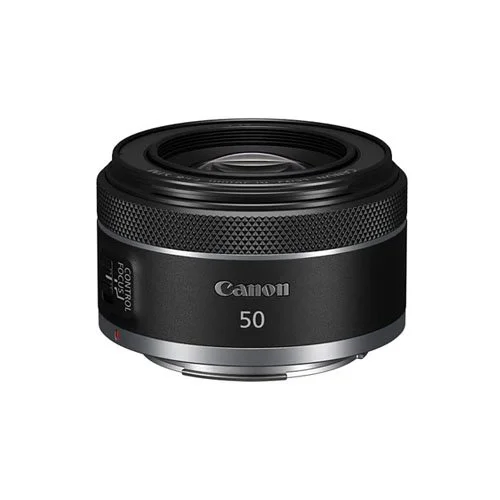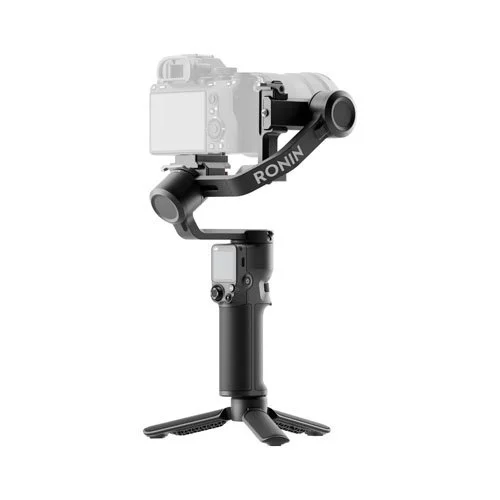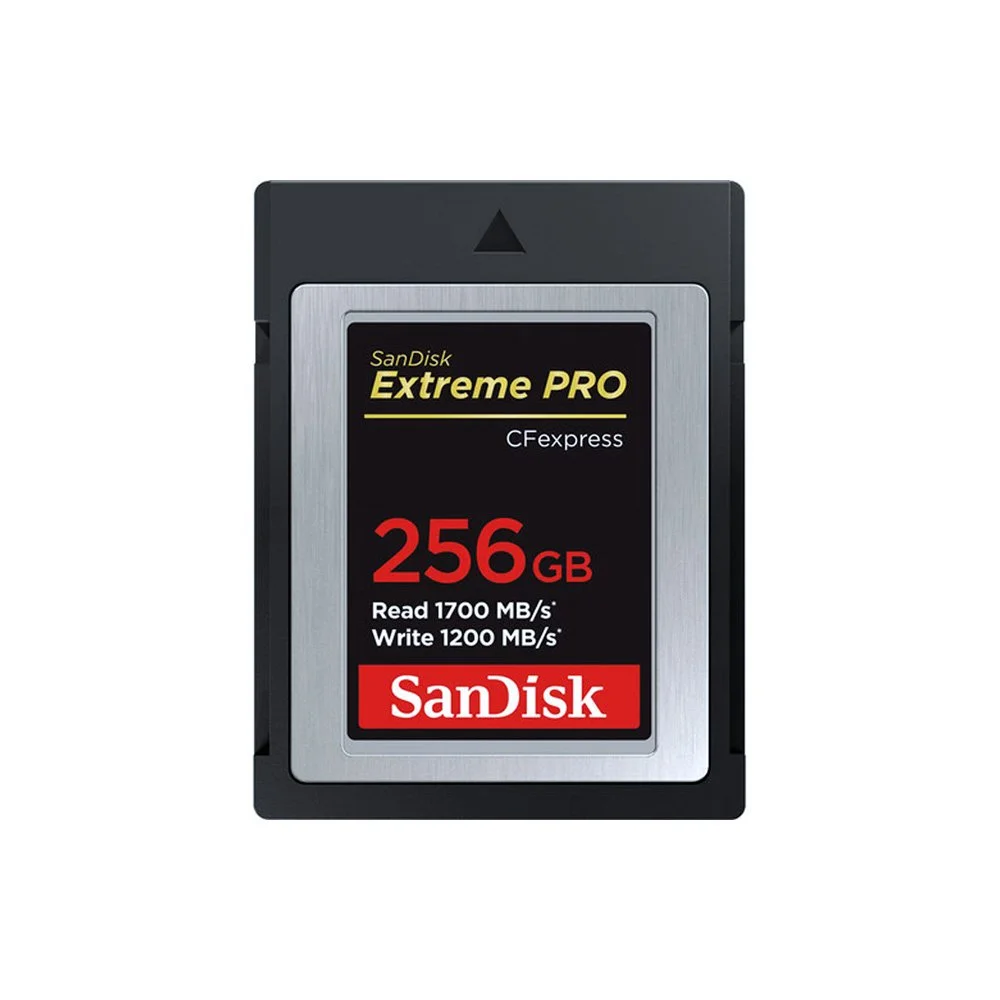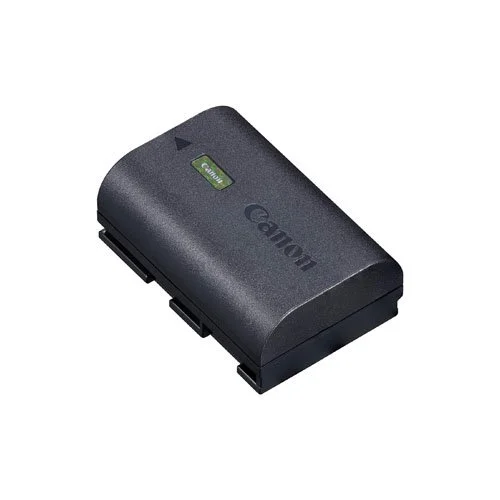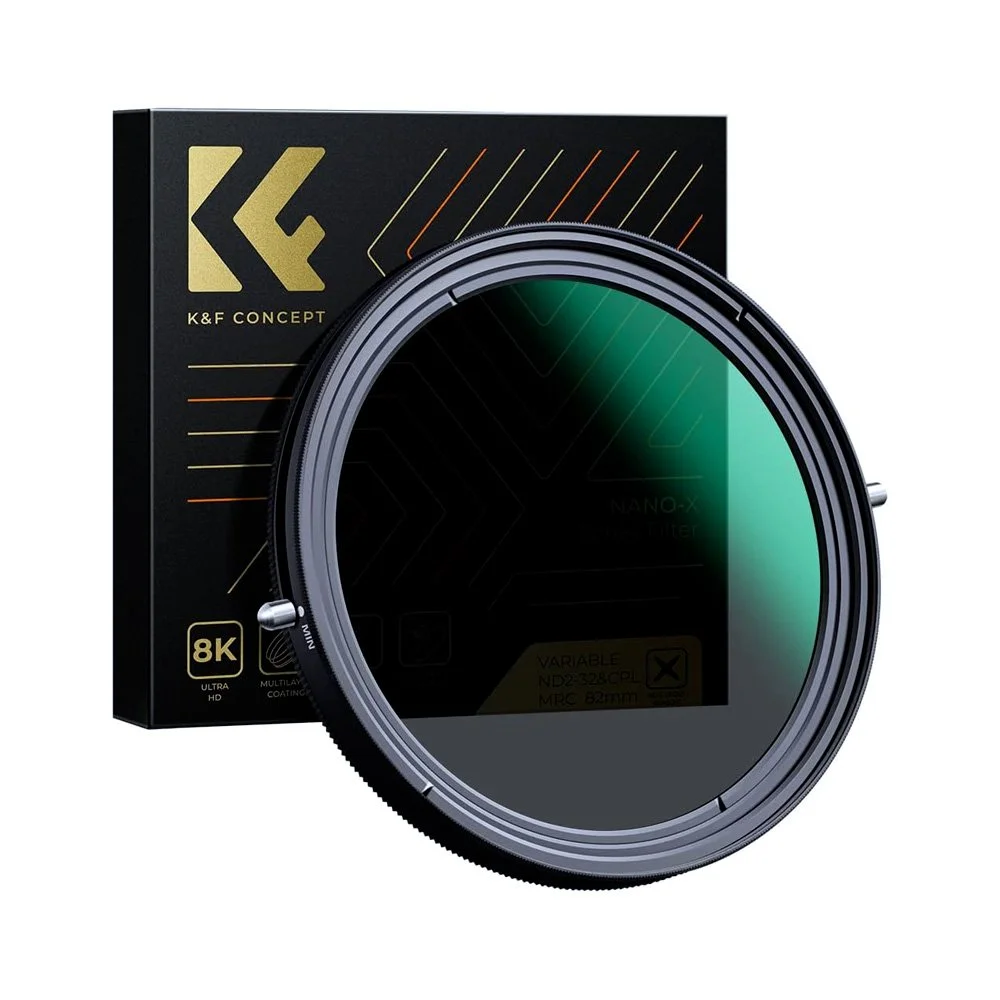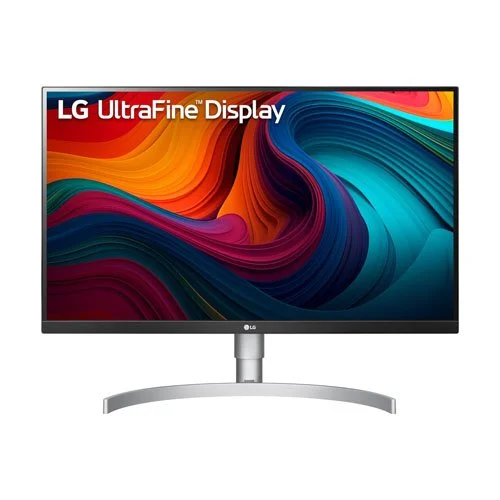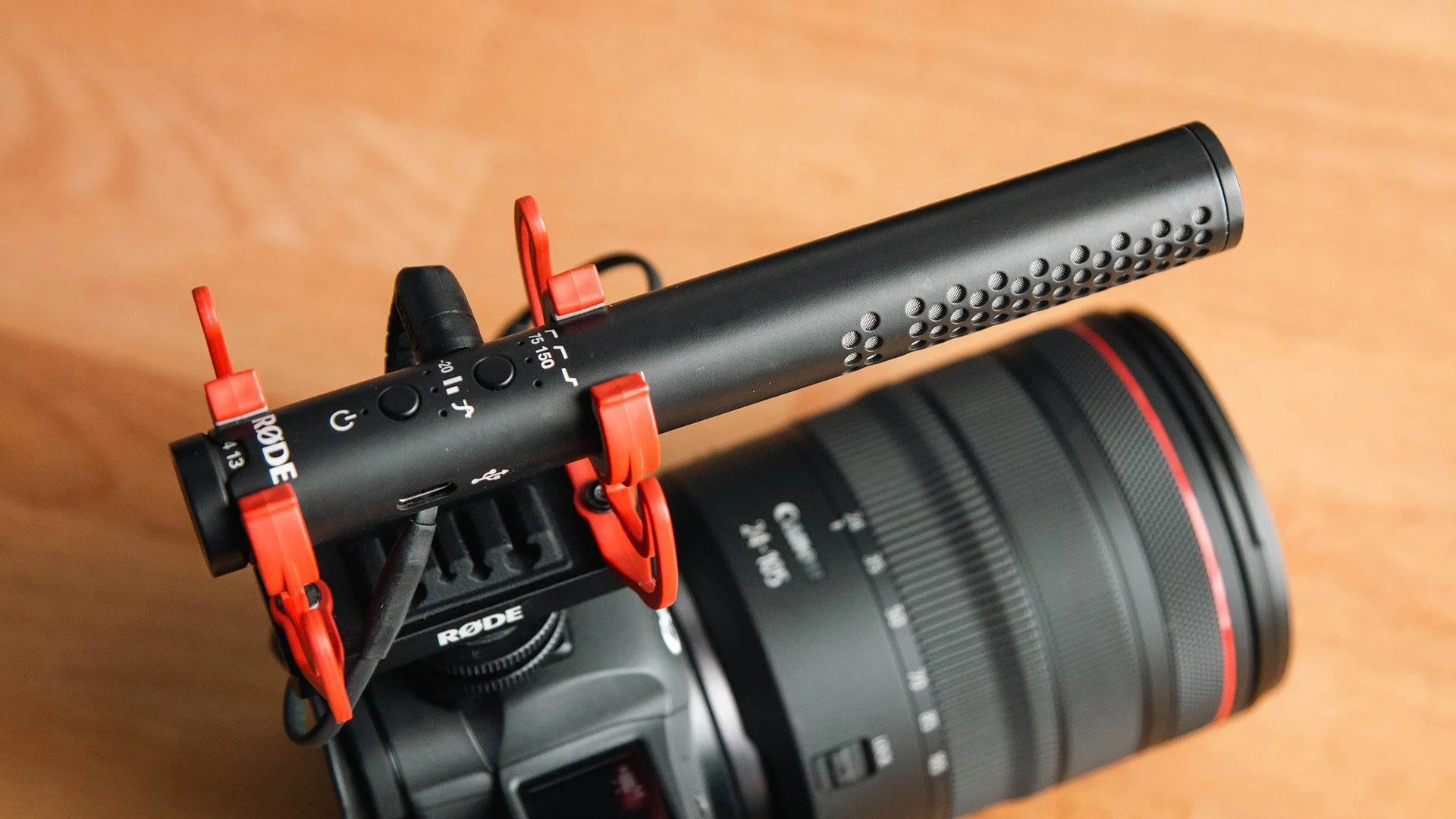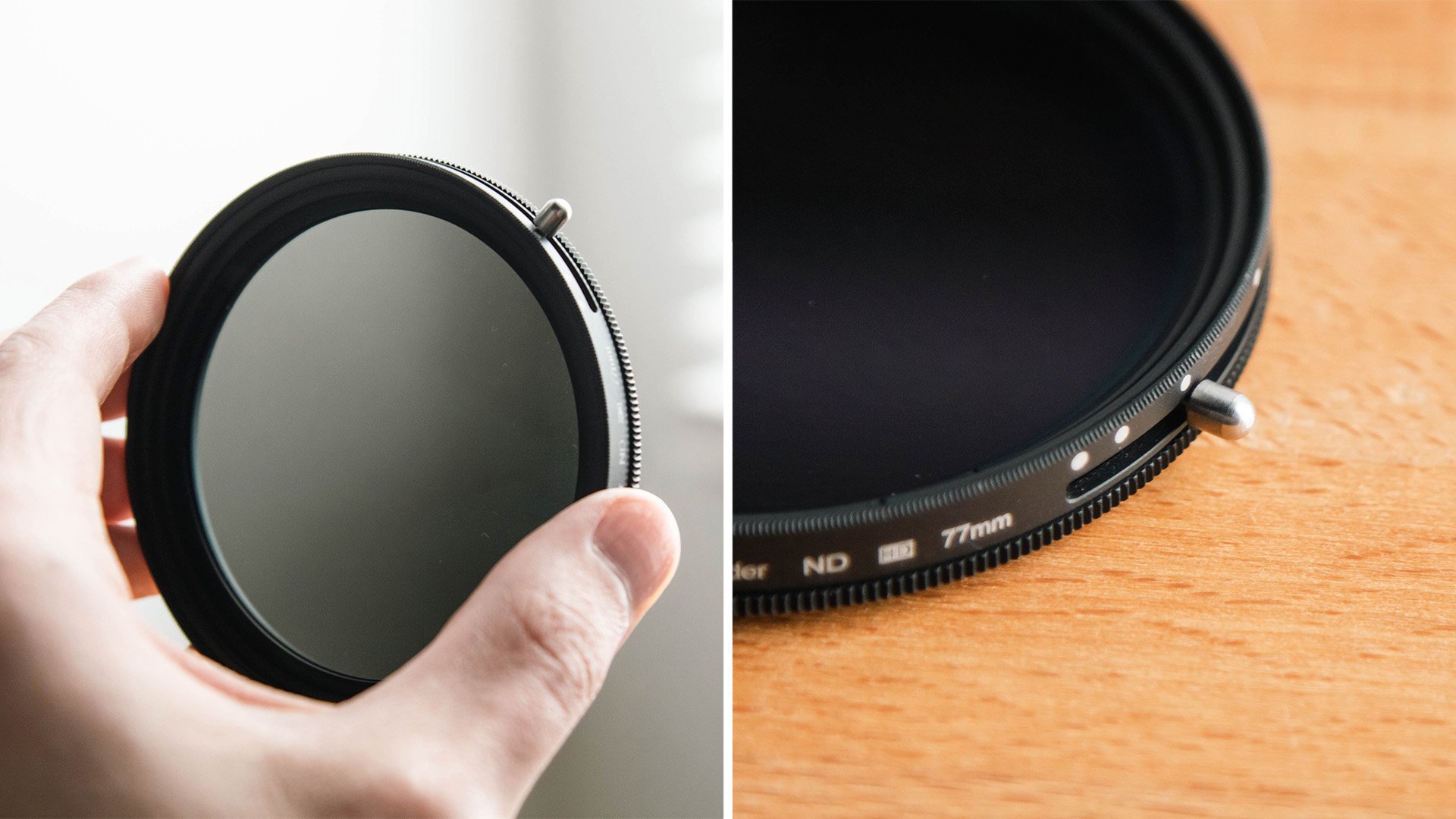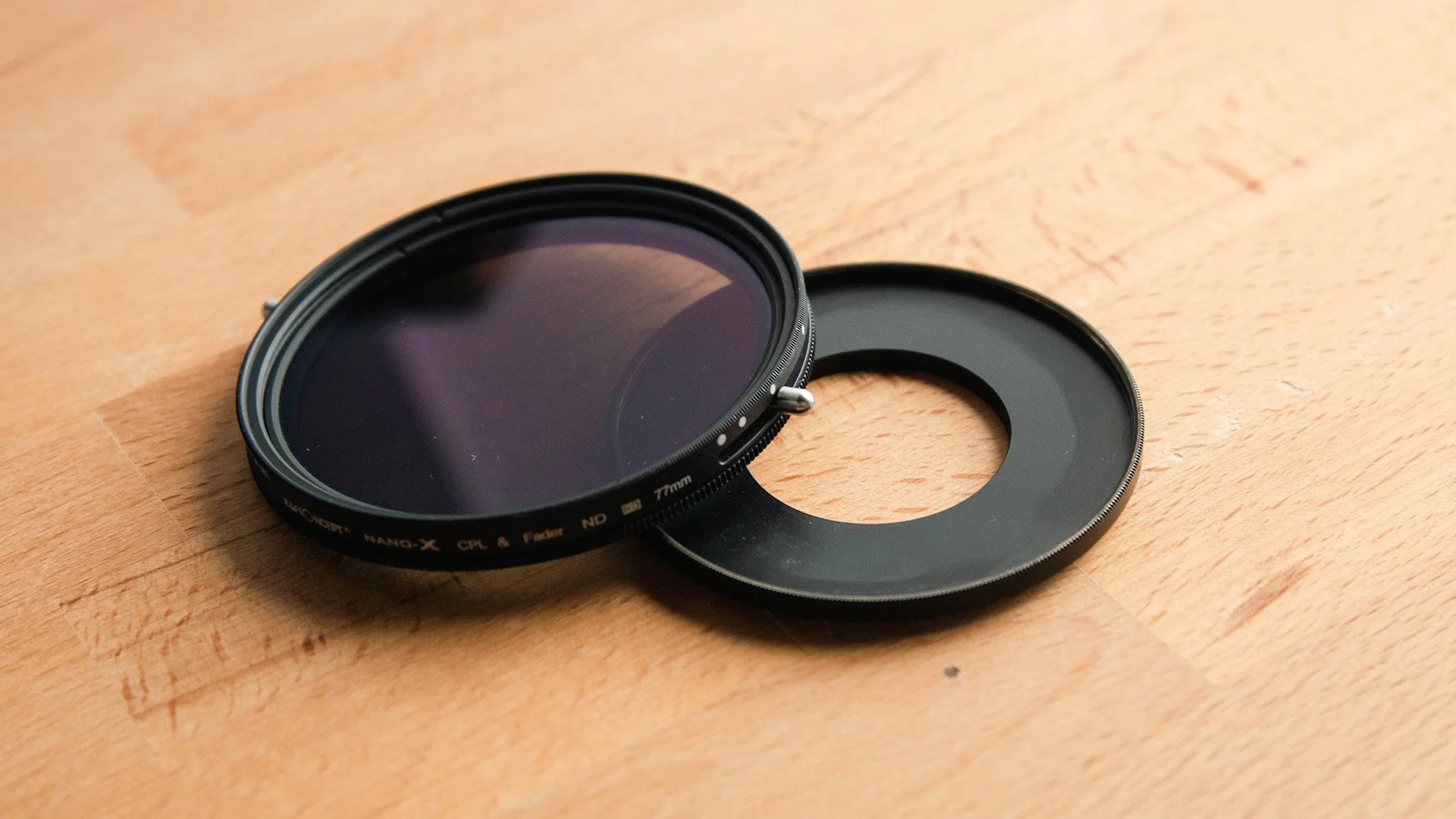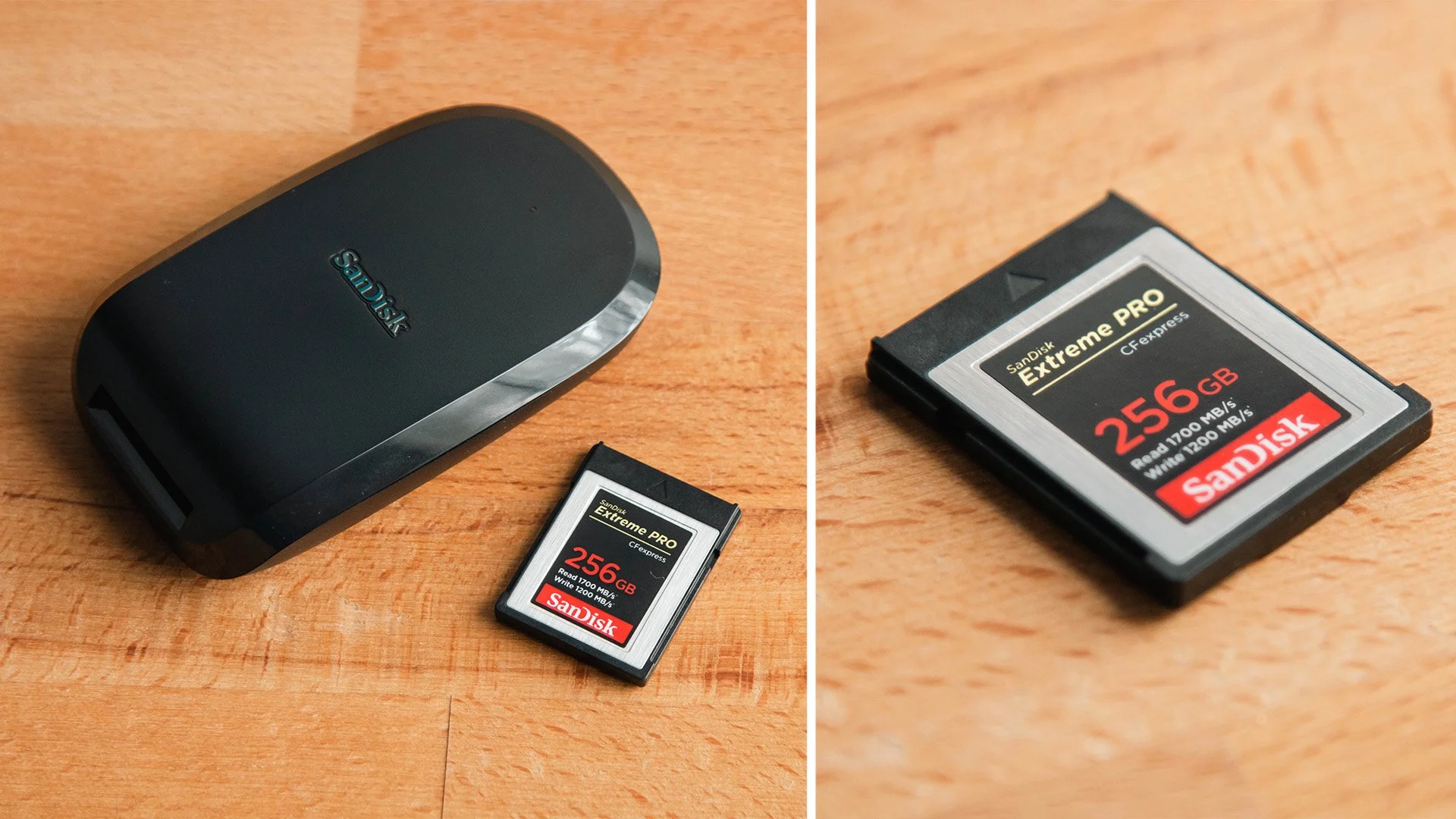CAMERA GEAR
Affiliate disclosure: This page contains affiliate links. If you click my custom link to buy a product, I earn a small commission at no extra cost to you.
The Camera
Canon R5 with 24-105 f/4, the main YouTube setup.
The Canon R5 has been the workhorse behind my YouTube channel and Instagram Reels since spring of 2022. I admit, this camera is overkill for social media, but it’s proven to be an absolute weapon for video content creation. The Canon R5 packs some eye-watering video specs in a body that is as easy to operate as an iPhone. The thing that separates Canon cameras from all others is ease of use - something that is critical for a one man operation like mine. The capacitive touch screen fully articulates, so not only can I see myself while recording, but I can control every function of the camera from the screen without having to reach around for dials and buttons.
Key Specs and Features
• Full frame 45 megapixel sensor
• 8K RAW
• 4K up to 120fps
• In-body image stabilization (IBIS)
• Dual Pixel AF II
• Dual card slots (one SD, one CF Express)
The Canon R5 was a serious investment, but the image quality, build quality and overall ease of use were worth it to me. If you can’t stomach the cost of an R5, I’d strongly recommend the original Canon EOS R which is the camera I used for three years prior to upgrading.
The lenses
Canon RF 24-105mm f/4 L
Every YouTube video I make is shot almost entirely on the Canon RF 24-105 f/4 L IS USM. At 24mm it’s wide enough for interior shots and I can get my whole car in frame inside my garage. Zoomed in to 105mm, I’m able to show detailed closeups, whether it’s showing how to disconnect a wiring harness, or showing subtle textures and details of products I’m reviewing. This lens also has Image Stabilization which works together with the R5’s in-body sensor stabilization for smooth handheld operation.
Image Stabilization
dedicated AF/ MF switch
control ring
minimum focus distance - 0.45m
filter thread - 77mm
Canon RF 50mm f/1.8
My Instagram reels are shot exclusively on the Canon RF 50mm f/1.8. I occasionally use this lens for B-roll on YouTube as well. Not only does this lens let in more light than my trusty 24-105mm, but it allows for shallower depth of field for those beautiful out-of-focus backgrounds (dare I say cinematic?). Compared to the 24-105mm, this lens is significantly smaller, lighter and cheaper. The light weight and compact form factor, combined with superb autofocus performance make this lens ideal for gimbal work. For real world examples of this lens in use, check out my Instagram @justinbuice and tap the reels tab.
minimum focus distance - 0.3m
filter thread - 43mm
Microphone
RØDE VideoMic NTG
Audio is fundamental to a viewer’s perception of video quality. To some extent, we can forgive bad lighting or the occasional autofocus shift, but there is nothing worse than watching a video with poor audio quality. I’ve been using the RØDE VideoMic NTG for the past year or so and it’s an excellent mic for the price. It automatically powers on when the camera is turned on and it’s built-in rechargeable battery is rated for 30 hours of recording. There is a gain control dial on the back of the mic as well as buttons for high-pass filter, high-frequency boost, and a safety channel. I typically have this mic on a boom pole that is just out of frame, connected to the camera with a 10’ audio cable.
odds & ends
K&F 77mm Variable ND + Polarizer filter
My secret weapon for filming cars is this K&F Concepts variable ND + circular polarizer filter. It' is essentially two filters in one. The ND filter controls the amount of light passing through the lens. This is crucial for filming outdoors at large apertures like f/1.8 (as everyone says, like sunglasses for the lens). The polarizer filter allows you to control the reflections on the body of the car and the windshield. A nice feature of this filter is the physical stop for the ND that prevents you from going beyond the max. On some cheaper variable ND’s you can turn it past the max ND setting and end up with an X pattern that ruins your footage.
Pro tip, rather than buying expensive filters for each of your lenses, buy one for your largest lens and use a step up ring to adapt it onto smaller lenses. In my case, I bought a 77mm filter for my 24-105mm and a ring that adapts it onto my 50mm with a smaller 43mm filter thread. Not only does this save money, but in the case of my 50mm, they don’t make this model of filter in the smaller size. If you’re not sure which size filter thread you need, look for the number printed on the front of the lens near the glass with the “⌀” symbol next to it.
The Canon R5 has serious performance that requires a CF Express type B card to enable some of it’s most demanding video formats. You can use a regular SD card in the camera’s second slot, but without a CF Express card, options like 8k and 4k 120 will be greyed out. These cards are not cheap, but when you’re spending this much money to get a camera body with these specs, it only makes sense to buy a card that unlocks its full potential. I use a SanDisk card reader to quickly transfer files to my M1 Mac Mini.
The Canon R5 is power hungry, especially when recording 4k video. I typically go through one and a half batteries to get through a YouTube video. I would recommend buying a minimum of two batteries for serious video shooting.
If you have any questions about the gear that I use or camera settings, feel free to reach out to me on Instagram @justinbuice



